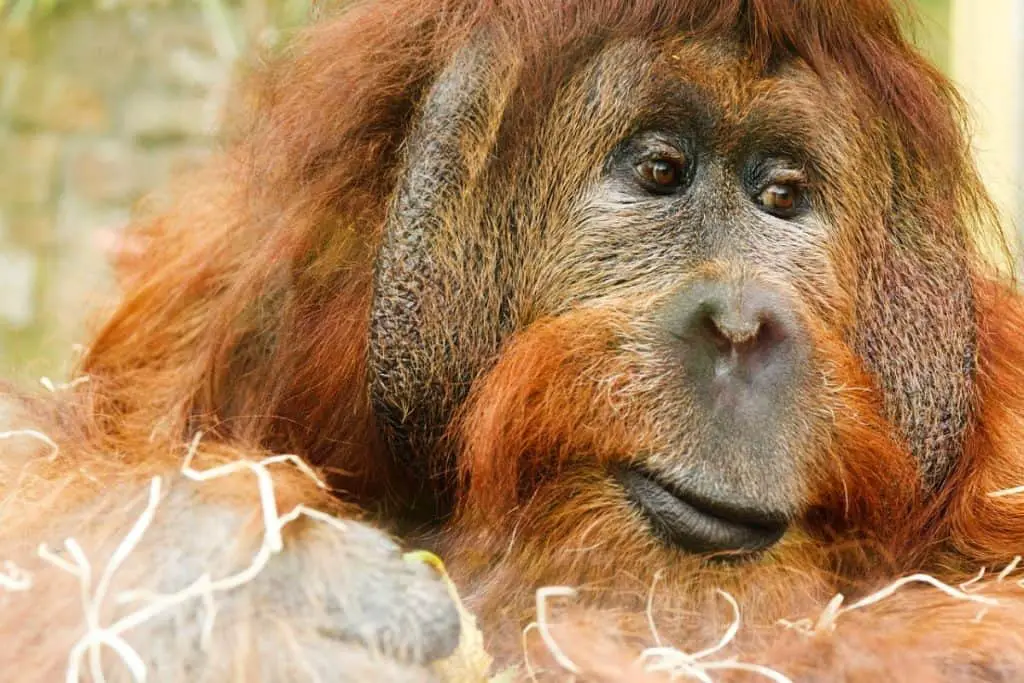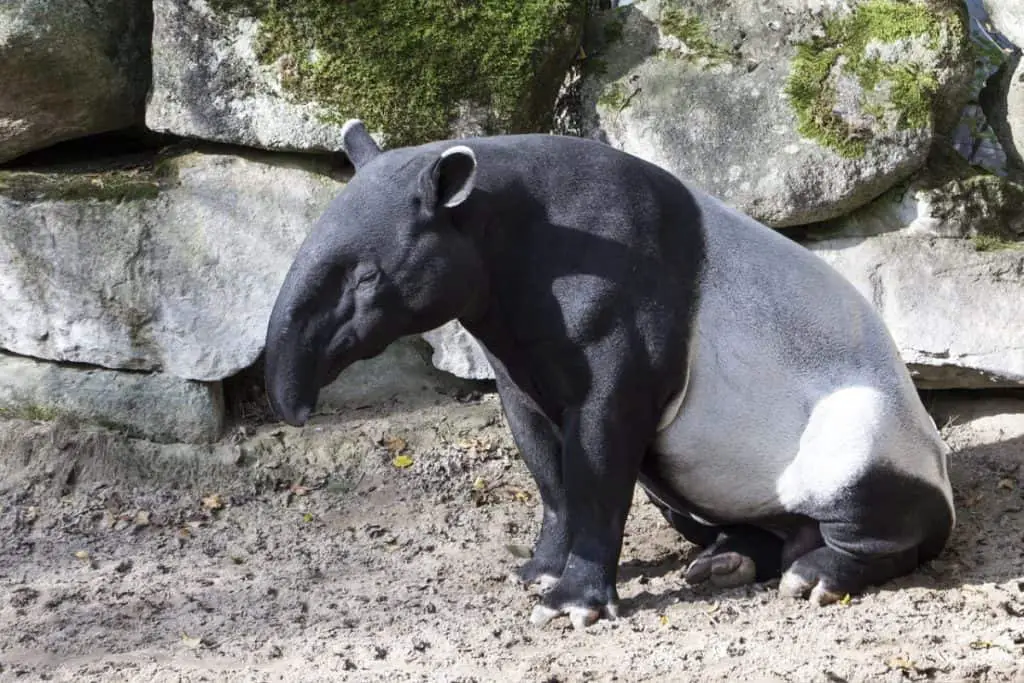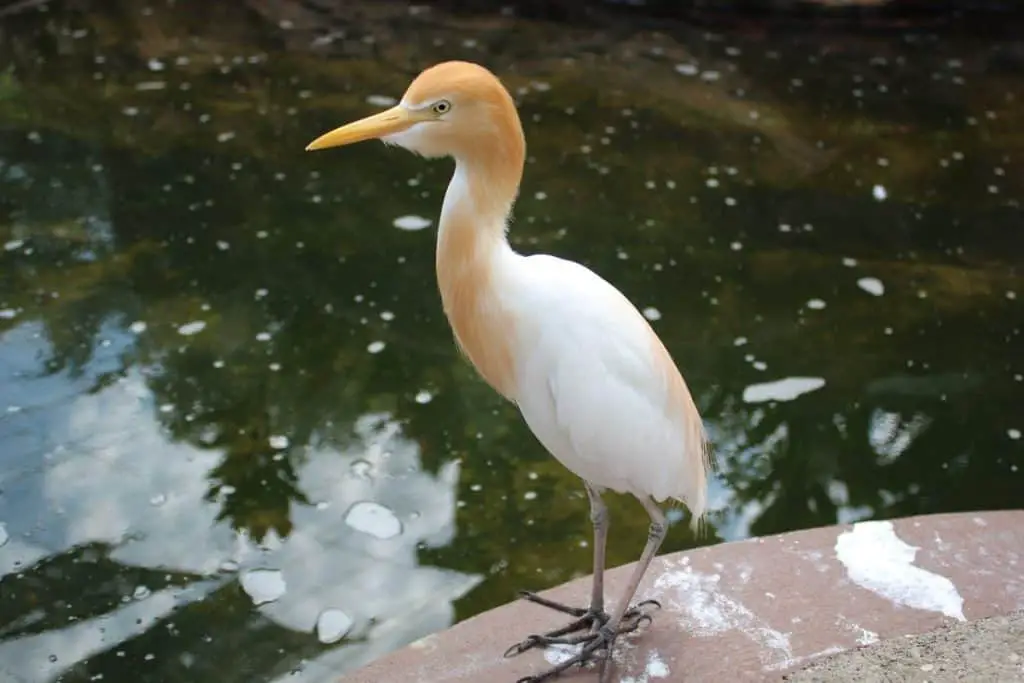Sundaland, also known as the Sundaic region, comprises the Malay peninsula and the islands of Borneo, Bali, Java, and Sumatra and overlaps with the Indo-Chinese subregion to the north in southern Thailand, Cambodia and Vietnam.
Sundaland has about 770 species of birds, of which about 150 are endemic. There are 380 mammal species of which over 170 are endemic to the region. 450 species of reptiles, 240 species of amphibians, and over 430 species of fish show the region’s diversity.
All of the territories in Sundaland stand on a shallow continental shelf that once formed a large peninsula known as Sundaland, which had a characteristic fauna. Much of Sundaland is now flooded, but many of its animals are still confined to the remaining land masses.
Unlike in India and Indo-China, there have been no long-term feelings of sympathy for wildlife based on religious beliefs. So in some of these countries, animals are suffering from even more severe persecution, as well as habitat loss.

Primates
One of the animals restricted to the area is the endangered Orangutan, Asia’s great ape. It now only occurs in Sumatra and Borneo, but historically it ranged through lowland forests north to China.
The gibbons, close relatives of the Orangutan, are confined to the forests, and most gibbon species are declining. Among those most at risk is the Siamang, which lives in montane forests in Malaysia and Sumatra.
The numbers of both the Siamang and the Orangutan have been drastically reduced by logging and cultivation. Hunting for food and, formerly, collecting live animals for trade also contributed to the decline of the Orangutan. These apes are superbly adapted to life in trees, the gibbons swinging on their long arms and the Orang Utan climbing adeptly using its flexible toes.
Another threatened primate is the Slow Loris, which occurs from India south to Java. It spends all its time in the trees but has adapted to various habitats, including tropical forests, secondary forest growth, and plantations.
The giant squirrels are all confined to Asia. They leap from tree to tree, rarely visiting the ground, and so are dependent on tall trees, which are often selectively logged. Other animals are particularly vulnerable to deforestation because they require primary rainforest.
With over 90,000 species, India has some diverse wildlife. Find out more here
Clouded Leopard
The Clouded Leopard is also vulnerable to the loss of primary forest and hunting for its beautiful skin. It is now thought to be rare throughout its wide range, which extends from Sumatra to Nepal. Little is known about this very secretive cat. There are thought to be about 10,000 animals left in the wild.
Rhinoceros
The highly endangered Javan Rhinoceros has suffered from the extensive clearance of lowland forests combined with relentless hunting. It was once widespread, occurring from northeast India east through Indo-China and south to Java. They are the most threatened of all five rhino species. About 55 animals remain in the wild.
There is only one population in Java, and may be too small to be sustainable. Its relative, the Sumatran Rhinoceros, is threatened chiefly by the high demand for its horn and other organs. Only disjunct populations survive in this rhino’s original large range from Assam east to Vietnam and south to Sumatra. Sadly, much suitable habitat remains unoccupied in protected areas.
Indochina has over 500 native mammals and 1,300 species of birds. Find out more here
Asian Arowana
Wetland habitats are vulnerable to destruction. Overfishing, river dredging, and clearance of swamp forests severely threaten the Asian Arowana, a primitive fish confined to tropical freshwaters of the Orient. It occurs in Thailand, Vietnam, Cambodia, Malaya, and Sumatra.
Chinese people consider that it brings good luck to their homes and large specimens are extremely valuable. The Asian Arowana is the most expensive aquarium fish.

Asian Tapir
The Asian Tapir is now reduced to isolated populations throughout its historical range, which extends from this region into Indo-China. Overhunting and capturing live animals for trade have impacted the species.
Siamese Freshwater Crocodile
Hunting for hides and live specimens is largely responsible for the decline of the Siamese Freshwater Crocodile. There are between 500-1000 specimens remaining in the world. They can be found in Thailand, Indonesia, Brunei, Malaysia, Laos, Myanmar, Vietnam, Cambodia, and Laos.
If you want to find out about the plants of the Neotropic region, please click here
White-winged Wood Duck
The White-winged Wood Duck lives in primary evergreen forests ranging from lowland swamps to hill forests. However, it can survive in forests with primary or old dense secondary forest.
It is now rare and restricted to northeast India, Bangladesh, and Myanmar. There are thought to be about 800 left in the wild.
Gurney’s Pitta
The wildlife of lowland rainforests is especially at risk because these forests are the most accessible to people, and so are the first to be cleared. Gurney’s Pitta, one of the rarest birds in Asia, is confined to tiny pockets of lowland forest in peninsular Thailand. Following its rediscovery in 1986, 38 pairs were found the following year, but the population had declined to ten pairs by 1997.
Gibbons and Their Predators: Unmasking the Threats

Milky Stork
The spectacular Milky Stork inhabits coastal mangroves in Cambodia, the Malay peninsula, Sumatra, Java, and Sulawesi. Very little was known about its status until 1984 when surveys revealed that it suffered seriously from mangrove destruction, hunting, and disturbance at its nesting colonies.
Bali Starling
The chief threat to the Bali Starling, the only bird endemic to Bali, is trapping for trade. By 1998 only 14 birds survived in the wild, despite conservation action since the 1980s. The remaining wild birds need to be strictly guarded, and today there are about 100 individuals.
There are two threatened seabirds on Christmas Island, the breeding site of two threatened seabirds, Abbott’s Booby and the Christmas frigatebird. Mining for phosphate destroyed a third of the known nesting areas of the booby in forest trees.
Forest clearance has now stopped, and some of the mined areas have been planted in a restoration program, but the booby has continued to decline because of low nesting success. Two of the three remaining colonies of the frigate bird are now protected in a national park, although birds in the third colony have continued to decline due to dust fallout from the phosphate mining.

